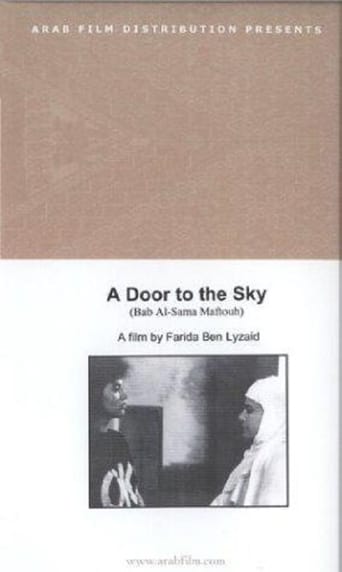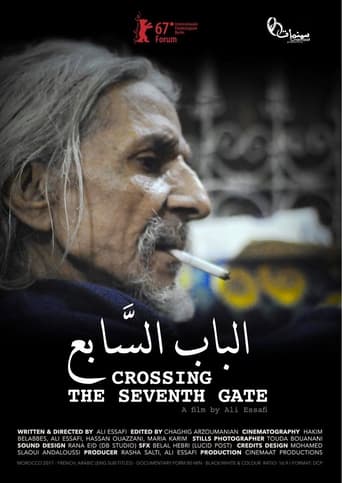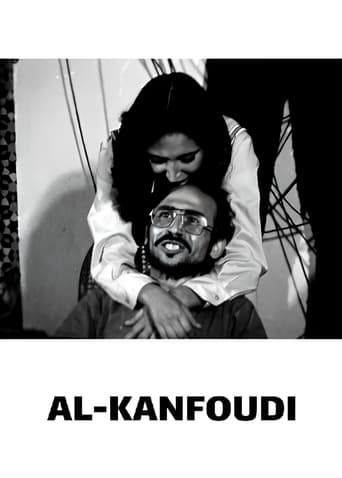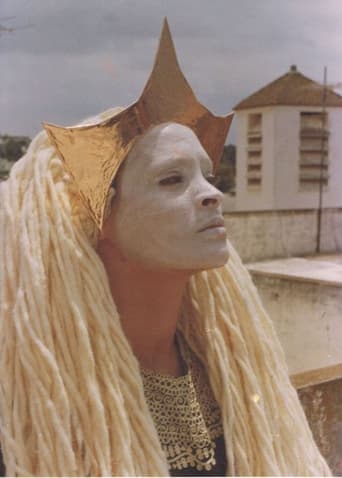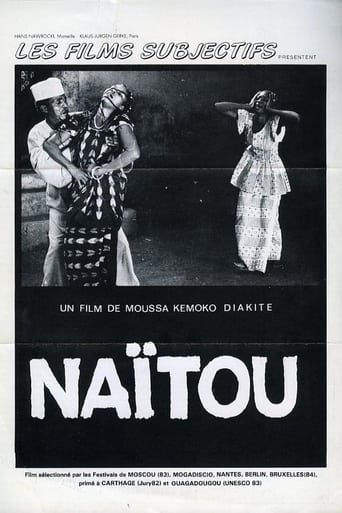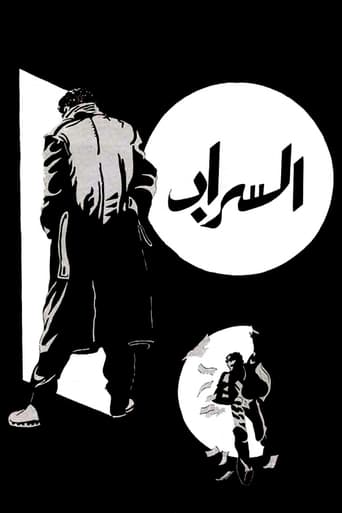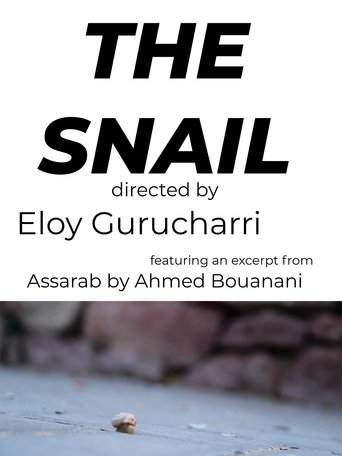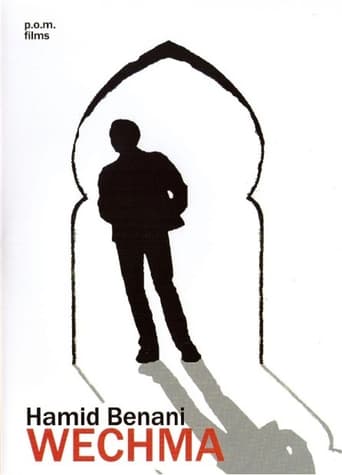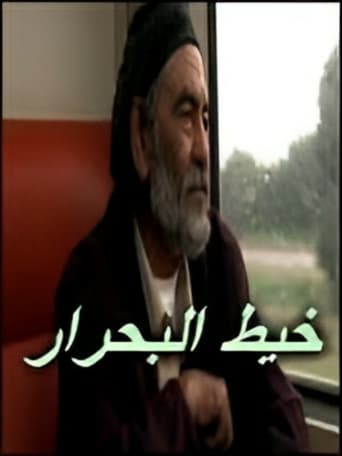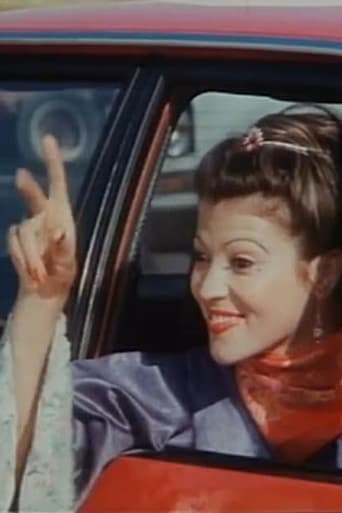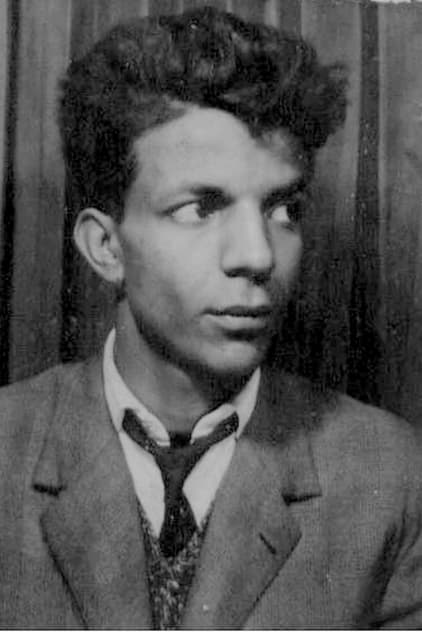
Ahmed Bouanani
Ahmed Bouanani (Casablanca, 16 November 1938 - Demnate, 6 February 2011) was a Moroccan film director, poet and novelist. He was best known from the 1979 film The Mirage, which featured as no.61 on the list of the best and most important 100 Arabic films commissioned by the 10th Dubai International Film Festival in 2013. In 1983 he also made a comic strip for the newspaper Al Maghrib. In addition to filmmaking, Bouanini wrote three collections of poetry and one novel, The Hospital, translated into English by Lara Vergnaud and published by New Directions in 2018.
- Title: Ahmed Bouanani
- Popularity: 0.0542
- Known For: Directing
- Birthday: 1938-11-16
- Place of Birth: Casablanca, Morocco
- Homepage:
- Also Known As: أحمد البوعناني

